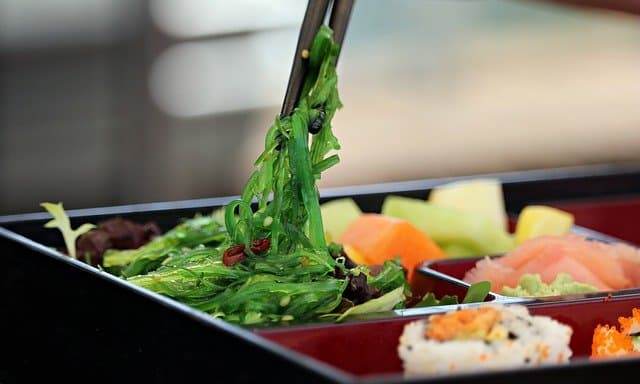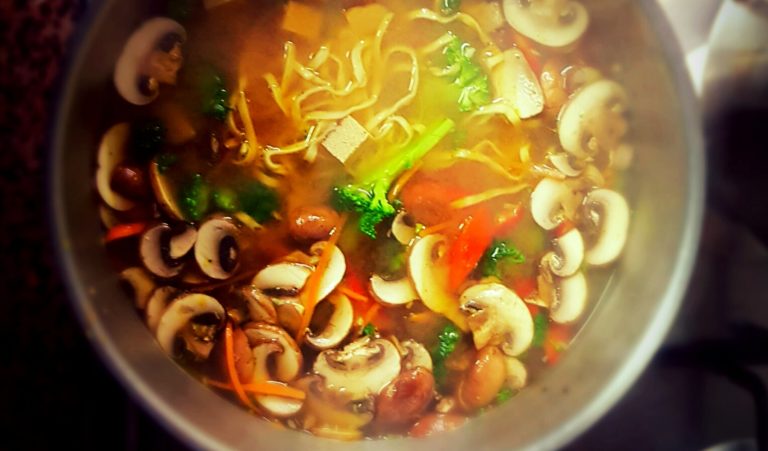UMAMI
EVERYBODYS´ FAVORITE TASTE SENSATION
You know that feeling when you think you’ve created the perfect dish, all the seasoning (according to you) is in perfect harmony but when you taste it again, you realize that “something” is missing but just can’t place your finger (or tongue) on what it is exactly?

Well… 8 out 10 times, it’s umami, the misunderstood solution to most of your problems, the fifth taste sensation and arguably the most important. Umami is what gives roundness/body to a lot of savory dishes; it complements other flavors by bringing out their natural flavors, while adding a much-needed dimension to the final product.
So what is it?
The 5th taste that has been a mystery to the western world for a long time. It was discovered by Professor Kikunae Ikeda, a chemistry professor at Tokyo Imperial University, back in 1908. Umami even before the “formal” discovery has formed the basis of Asian cuisine for centuries.
The umami information center defines umami as “the taste of salts combining glutamate, inosinate or guanylate with the likes of sodium ions, such as monosodium glutamate, or potassium ions”. Those familiar with the term monosodium glutamate (MSG) may be aware of the negative connotations associated with it, due to it being used as a flavor enhancer for many commercially produced foods. For starters, MSG has been known to cause headaches and some neurological effects, however, these have not been fully scientifically proven. A comprehensive study to follow should you want to learn more is the ‘Chinese restaurant syndrome’.
Asian cuisine is based on balancing flavors by rounding them off with umami, hence the heavy use of ingredients such as seaweed, fish and shellfish, various kinds of mushrooms, etc. This leads to the cleaner, more fully flavorful characteristics of Asian cuisine, as opposed to the heavier, bolder favored western cuisine.
It’s important to note that the structure of umami is affected by the process of aging and fermenting, this develops flavor and the profile becomes more pronounced. Protein itself has no taste, the taste is only perceived when protein breaks down and the amino acid chain is dismantled. Take aged meat and Cheese for example; Milk is generally bland, umami develops when the cheese is made (i,e amino acids are broken down). Another example is soy sauce, which is made by fermenting soybeans. You get the picture…
Where can I find it?
In fast-food restaurants! So after reading this, get to Mcdonald’s or KFC for a nice, healthy helping of umami filled goodness.
I’m kidding… Don’t do that
On a serious note though, the main reason you love that unhealthy stuff is that they are packed full of MSG. The fast-food industry owes much of its success to this flavor profile. I’m not saying that umami is all of a sudden bad because it’s associated with the fast-food industry…umami is king.
It occurs naturally in a lot of foods that we’re most familiar with such as:
Red Meat
White meats: Poultry and Pork
Fish and shellfish
Various kinds of Seaweed
Tea: Green tea
Fermented foods such as soy
Tomato, Mushroom, onion, asparagus, Broccoli
Dairy Products: Cheeses
Foods have varying degrees of glutamate levels, with some having higher levels than others. One should also note that most foods in their natural form have medium to low levels that are intensified by some type of secondary processing such as drying or fermenting.
How can I use umami?
I’m confident you already know the answer to this question. If you’ve ever been exposed to a kitchen, then you’ve probably been exposed to umami. I take advantage of umami whenever possible in my daily life as a chef and part of this is using ingredients that are rich in umami to bring out the natural flavors of other ingredients. I also use “umami bombs” or an umami-rich stock/sauce (Free Recipe linked here) not only as natural flavor enhancers but also as a seasoning. There is a host of different types of commercially available condiments such as Nam Plah, miso paste, soy sauce, oyster sauce, various spices, etc. designed for this purpose.
In essence...
umami is about balance. It rounds up a dish by bringing out the natural flavors of other ingredients and, in turn, brings about harmony and adds dimension. Umami also helps in keeping things simple by allowing us to work with fewer ingredients that allow for cleaner flavors. So as a chef, when developing savory recipes, it is vital that umami not be forgotten


